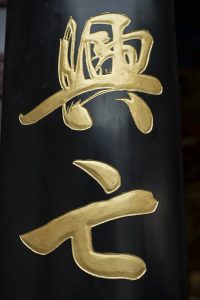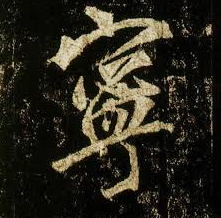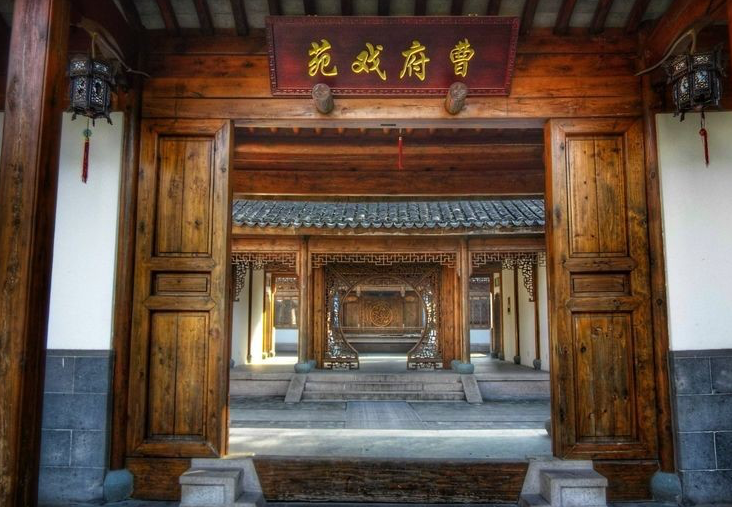
China Heritage Annual is a new series produced by China Heritage, the online home of The Wairarapa Academy for New Sinology 清漪書院. Along with the China Heritage Journal it is a successor to China Heritage Quarterly, an e-publication produced under the aegis of the China Heritage Project from 2005 to 2012.
China Heritage Annual was launched at the 2017 Shanghai International Literary Festival at M on the Bund on 14 March 2017. I am grateful to Michelle Garnaut, creator and organiser of the festival, for her support for China Heritage today, and for China Heritage Quarterly in the past. I would also like to thank the Royal Geographical Society Hong Kong for inviting me to address the Society on the 13th March, which in turn made it possible for me to travel to Shanghai. (See also ‘闔 — A Valentine for M on the Bund’, 14 February 2022.)
Over the years, China Heritage Quarterly published issues focussed on a number of cities, their history, politics and culture:
- Beijing,
- Shanghai,
- Tianjin; and,
- Hangzhou/ West Lake.
The inaugural issue of China Heritage Annual was devoted to the city of Nanking. From 2018, China Heritage Annual has been incorporated into China Heritage with essays and translations of the annual theme published through the year. To date, the themes have been:
- Watching China Watching
- Translatio Imperii Sinici
- Viral Alarm
- Spectres & Souls
- Xi Jinping’s Empire of Tedium
— Geremie R. Barmé
March 2017
revised June 2022
Nanking 南京
The contents of China Heritage Annual 2017 will be added to and refined during the year. Introductory essays will be added over the following months connecting the complex skein of material in the issue that deals with the history, politics, culture and society of the area known best today as Nanjing. At the moment, the following content of the site is ‘live’:
Warring States
Six Dynasties
- Introduction
- The Age of Exuberance
- The Seven Sages of the Bamboo Grove
- Six Dynasties Painting and Pictorial Design
Tang 唐
Song
Yuan
Ming
Qing
- Choice Morsels from Li Yu
- Tung Chuin on The Garden of Accommodation
- The Dream in Nanking
- Yuan Mei’s Menu
- Exploring the Beauty of the Sui Garden
- Yuan Mei’s Garden of Accommodation
- A Record of the Garden of Folly
- The Hall of Deep Willows and Its Master
The Republic
- Light Returns 光復
- 1925-1928: Enshrining the Father of the Republic
- The Chungshan Mausoleum
- Visiting a Glorious Village
- Christ in Nanking
- Nanking’s ‘Government of Traitors’, 1940-1945
- At War’s End: an academic GI in Nanking
- The Australian Legation in Nanking
- Whither the Nanking Government?
- Farewell, Leighton Stuart!
Revolution
- Introduction
- April 1949: Nanking Liberated, in verse
- April 1949: Trapped in Nanking
- April-September 1949: The Nanking Press
- 1954: Awakening from a Dream of Red Mansions
- 1959: This Land so Rich in Beauty
- The Tunnel
- February 1972: Nixon’s Press Corps
- June 1974: A Conversation with Four Historians
Reform

***

The inaugural 2017 issue of China Heritage Annual takes as its focus the city of Nanking 南京 (also known as Jinling 金陵, Moling 秣陵, Stone City 石頭城, Jiankang 建康, Jianye 建業, Jiangning 江寧, Tianjing 天京 and Nanjing, or simply Ning 寧). In tracing the history, political vicissitudes, cultural significance and heritage of Nanking from the earliest times, this issue of China Heritage Annual has been developed with the collaboration and contributions of our Guest Editor William Sima and contributions from Yayun Zhu 朱亞雲.
The design and basic contents of China Heritage Annual were finalised prior to the formal launch at the Shanghai International Writer’s Festival on 14 March 2017. The Annual offers an overall Chronology of Nanking, as well as essays, academic studies and art work related to the place over time, organised by era (dynastic and non-dynastic). In many sections, be they about the dynastic past, the Chinese Republic or the People’s Republic, material is organised thematically.
***
As is the case in regard to China Heritage as a whole, our approach is that of New Sinology, one that focusses on the conjunction between the Chinese and Sinophone worlds and which investigates the disparate strands of traditional Chinese writing and scholarship, 漢學, the Western (and Japanese) engagement with China since the late Ming, while remaining mindful of the complex and contentious histories of the Chinese world since the late-Qing period up to the modern day.
In pursuing New Sinology, we emphasise the importance of Chinese culture in its broadest sense, one that incorporates elite and demotic traditions, the written heritage as well as thought, politics and society.
New Sinology recognises the gravitational pull of Official China and celebrates Other Chinas as both in the twenty-first century are integral to Global China, in reality a Sinophone realm that for centuries has been part of the ebb and flow of ideas, things and people beyond formal borders and way stations, be they political, economic, academic or journalistic.
***


